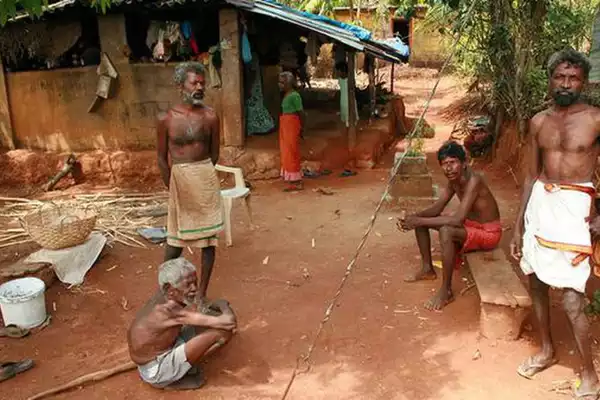The recently launched ‘Forgotten Trails: Foraging Wild Edibles’, chronicled the foods eaten by Soliga and Yerava tribes that forage from the forests.
About Soliga Tribal Group:
- Soligas are the tribal groups residing in Chamarajanagar (Karnataka) and Erode (Tamil Nadu), known as one of the oldest indigenous communities in the country.
- They are recognized as a Scheduled Tribe with a population of around 40,000.
- Mainly inhabit Biligiri Ranga Hills and adjacent mountain ranges.
- They have genetic similarity with Australian aboriginal populations.
- Language: Dravidian-speaking community with Sholaga as their language.
- Subgroups: Male Soliga (Karnataka), Ulali Soliga (border region of Tamil Nadu), Pujari Group (Maleya Mahadeshwara Hills), Kadu soliga (Bandipur forests), etc.
- Occupation: Traditionally practiced shifting cultivation, but now engaged in ragi farming, honey collection at night, forest products, and bamboo craft.
- Forest-dwelling population are grouped in settlements called podus and have legal rights to Non-Timber Forest Products (NTFP).
- Religion and Beliefs: Follow Hindu practices with naturalistic and animistic beliefs.
About Yerava Tribal Groups:
- The Yerava tribe is an indigenous community in southern India, primarily found in parts of Karnataka and Kerala (Wayanad).
- It is considered as a Scheduled Tribe, mainly inhabiting the hilly and forested regions of Coorg, Hassan, and Dakshina Kannada districts in Karnataka.
- Language: Ravula language
- Occupation: Historically engaged in shifting cultivation, but many have transitioned to settled agriculture and as commercial laboreres in coffee plantations.
- Cultural Practices: Distinct cultural rituals and ceremonies, traditional dances, songs, and folklore.
- Social Structure: Organized in a close-knit community structure, residing in specific hamlets and strong community identity.
- Diet: They use mainly use tubers, Doddbidru or Indian thorny bamboo, mushrooms, wild berries and nightshade plants as diet.
| UPSC IAS Preparation Resources | |
| Current Affairs Analysis | Topperspedia |
| GS Shots | Simply Explained |
| Daily Flash Cards | Daily Quiz |



